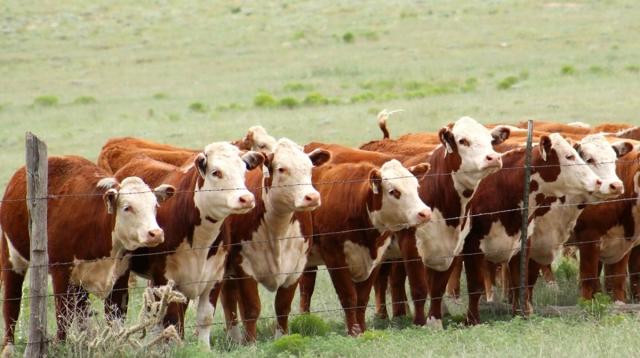While mating heifers can generate a significant return on feed consumed, there are factors that need to be considered before the bull goes out.

Key points for heifer mating
- Heifers must weigh a minimum 300kgLW at 15 months before mating is considered.
- There must be adequate feed available for calving and lactating heifers.
- Done correctly, heifer mating can make the beef herd 15% more profitable.
- The greatest risk of heifer mating is failure of first-calving heifers to conceive at re-mating.
- A 42-day mating period is recommended for a tight calving pattern.
- Bulls used for heifer mating should have EBVS that are high for calving ease.
- Recommended ratio is one bull to 40 heifers. A higher ratio is needed with yearling bulls.
Replacement heifers should weigh at least 300kg LW or 60% of their mature cow liveweight before mating at 15 months is considered. The commercial breeder also needs to be confident that there will be adequate feed available for heifer calving and lactation the following year.
One of the greatest risks with heifer mating is the failure of first-calving heifers to reach their re-mating target weight and condition score through poor nutrition.
While successfully mating heifers can make the beef herd 15% more profitable and give commercial breeders greater culling power, mixed-age cow numbers may need to be reduced to make room for calving heifers. This could impact on the number of cows available for pasture control.
It is liveweight at mating that is the greatest determinant of successful heifer mating.
A minimum weight of 300kg LW at 15 months (for Angus and Hereford heifers, heavier for beef-dairy cross and exotic breeds) is an indicator that the heifer will have reached puberty and will be cycling. More importantly, it suggests she is sufficiently well grown to calve and re-breed successfully.
Typically, 85% of heifers weighing over 300kgLW will fall pregnant in the first two cycles of mating. Cow survival will be 95%, calf survival 90% and re-breeding rate will be 90%.
In a top performing herd, 93% of heifers will fall pregnant within the first two mating cycles, cow survival will be 100%, calf survival 98% and 97% of the heifers will re-breed successfully.
With the top performing herds, the focus is on the feeding, liveweights and condition score of the heifers, the time of mating and calving, bull fertility and performance.
With a 42-day mating period, 93% of the heifers in these high-performance herds will fall pregnant and 70% of them will calve within the first 21 days of calving. There will be an average 375-day interval between the first and second calving.
To avoid late-calving heifers, it is recommended that farmers mate 10-15% more heifers than required and the bull is taken out after two cycles.
Another option is to identify heifers conceived in the third cycle and either put them in a finishing mob for slaughter or run them as a once-bred heifer. This means they are slaughtered as prime beef immediately after their calf has been weaned.
Selecting the right bull
For heifer mating, it is important to select a bull with Estimated Breeding Values (EBVs) that are high for Calving Ease and that these EBVs are accurate.
Continental breeds should not be used over British breed heifers as they trend to produce large calves.
Commercial breeders can either select a bull specifically for heifer mating or buy a younger and lighter bull with the correct EBVs and sell it when it gets too big.
Ideally, bulls should be purchased from herds where calves are weighed at birth and heifers are mated.
The recommended mating ratio for heifers is 40 heifers per bull if the bull is experienced. A higher ratio is suggested if using yearling bulls.
Find out more
For more information about heifer mating, see our factsheet on managing heifers prior and during mating (PDF,
265 KB).